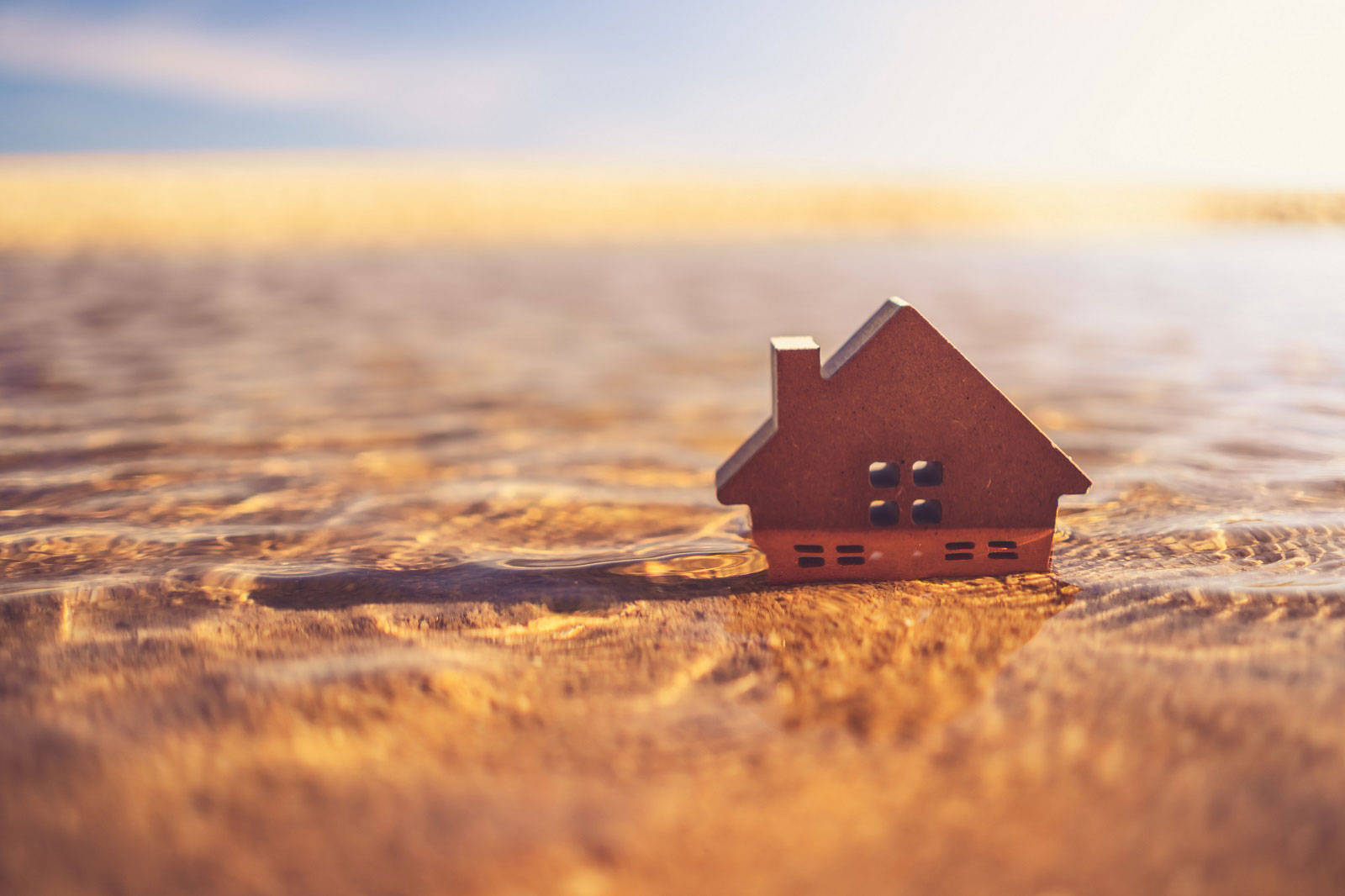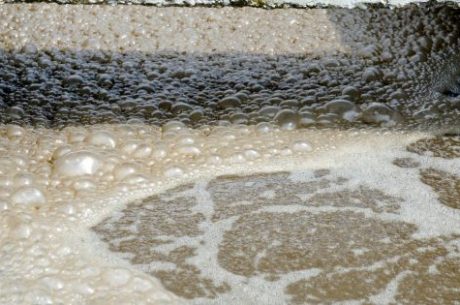Are you facing the aftermath of water damage and wondering how to fix water damaged wood in your home? Water damage can affect wooden surfaces, causing unpleasant stains, warping, and even structural issues if left untreated. But fear not, with the right knowledge and approach, you can restore your water damaged wood to its former glory. In this guide, we’ll walk you through practical solutions for repairing damaged wood, step by step. Plus, if you are searching for Greer water damage restoration services, keep reading to find out more.
How Can Water Damage Wood?
When wood is exposed to moisture over an extended period or has suffered sudden water damage, it can lead to a range of detrimental effects. Prolonged moisture exposure creates an ideal environment for fungal growth, resulting in wood rot and decay. Mold and mildew grow in damp environments, carrying risks and taking away from wood surfaces’ aesthetic appeal. Water can also carry dissolved minerals and contaminants, leaving behind difficult-to-remove damage. Severe water damage may weaken the load-bearing capacity of wood and raise safety concerns.
The Sources of Water Damage in Wood
Water damage in wood can stem from different sources, each carrying unique challenges and implications for restoration. Understanding these sources is essential for effectively tackling and mitigating water damage. Below, we’ll explore the common culprits responsible for water damage in wood and dive into their specific impacts and solutions.
– Leaky Pipes: Dripping or burst pipes can saturate wood surfaces over time.
– Flooding: Natural disasters or plumbing mishaps can lead to extensive water exposure, seeping into the wood and causing severe damage if not tackled on time.
– High Humidity: Prolonged exposure to high humidity levels can cause wood to absorb moisture.
– Roof Leaks: Water coming through the roof can trickle down and affect wooden structures, weakening the wood’s integrity.
– Condensation: Poor ventilation can result in condensation buildup on wooden surfaces, especially in enclosed spaces like attics or basements, leading to moisture accumulation and subsequent damage.
– Spills and Accidents: Accidental spills or water-related accidents can also contribute to water damage in wood, particularly if left unattended.
Learn About – Water Damage In Crawl Space
How to Identify Water Damage on Wood Surfaces
Water damage on wood surfaces can manifest in many ways, each presenting distinct signs that indicate the presence of moisture and potential damage. Here are some common indicators to look out for:
– Discoloration: Noticeable changes in the color of the wood, such as darkening or staining, often indicate water seepage and absorption.
– Warping: Warped or distorted wood surfaces, characterized by bulging, bending, or unevenness, suggest moisture penetration and subsequent expansion of the wood fibers.
– Swelling: Swollen or expanded wood, particularly along the edges or seams, is a clear sign of water absorption, leading to increased volume and distortion of the material.
– Cupping: Cupping occurs when the edges of the wood curve upward, forming a concave shape. This deformation is caused by uneven moisture absorption and is a common sign of water damage on wood surfaces.
– Mold or Mildew Growth: The presence of mold or mildew on the wood surface indicates prolonged exposure to moisture, creating an ideal environment for fungal growth.
– Foul Odors: Musty or unpleasant odors coming from the wood suggest the presence of mold, mildew, or bacterial growth resulting from water damage.
– Softened Texture: Wood that feels soft, spongy, or “punky” to the touch is likely affected by water damage, as moisture weakens the structural integrity of the material.
– Visible Water Stains: Obvious water stains in the form of black, white circles or watermarks on the wood surface indicate previous or ongoing water intrusion, leaving behind visible traces of moisture.
How to Fix Water Damaged Wood in Your House: Step-by-Step
Now that we’ve identified the sources of water damage in wood, let’s dive into practical solutions for repairing and restoring water-damaged wood in your house. We’ll walk you through the process of fixing water damaged wood with clear and actionable steps. From assessing water damage, tackling the source of moisture to treating mold and restoring the wood’s integrity, we’ll cover everything you need to know to bring your water-damaged wood back to life.
– Remove the Source of Moisture: Tackle any leaks or sources of water to prevent further damage.
– Determine the Extent of the Damage: Assess the affected area to gauge the severity of the damage.
– Dry the Area: Use fans, dehumidifiers, or air movers to thoroughly dry the wood and surrounding area.
– Remove the Damaged Wood Portions: Cut out or remove any severely damaged sections of wood.
– Treat Mold: If mold is present, use a solution of water and detergent to clean the affected area.
– Fill Cracks or Holes: Use wood filler to fill in any cracks or holes in the wood surface.
– Sand the Wood: Sand the surface to smooth out any rough areas or unevenness.
– Stain or Paint: Apply a suitable stain or paint to match the original finish of the wood.
– Seal and Protect: Finish off with a waterproof sealant or protective coating to safeguard the wood against future damage.
Prevention Tips
Here are several simple tips to use and prevent water damage:
– Regular Inspection: Periodically inspect wooden surfaces for signs of water damage.
– Maintain Gutters and Downspouts: Keep gutters and downspouts clear from debris to prevent water buildup.
– Proper Ventilation: Ensure proper ventilation in areas prone to moisture buildup.
– Monitor Indoor Humidity Levels: Regularly check indoor humidity levels (ideally between 30-50%) to prevent wood damage from excess moisture.
– Install Leak Detectors: Place leak detection devices near plumbing fixtures to quickly identify and tackle potential water leaks, preventing wood damage.
– Fast Repairs: Tackle any leaks or plumbing issues promptly to prevent water damage.
Learn About – Water Damage Restoration Cost
Contact PuroClean of Greer for Professional Advice and Help
If you encounter extensive water damage or require professional assistance, don’t hesitate to reach out to PuroClean of Greer. Our experienced team can provide expert advice and help restore your home to its pre-damaged condition. Licensed and IICRC-certified, we make sure you receive professional, reliable, round-the-clock service tailored to meet your needs. Give us a call at (864) 523-6633 or fill out our online contact form.




 PuroClean of Greer
PuroClean of Greer